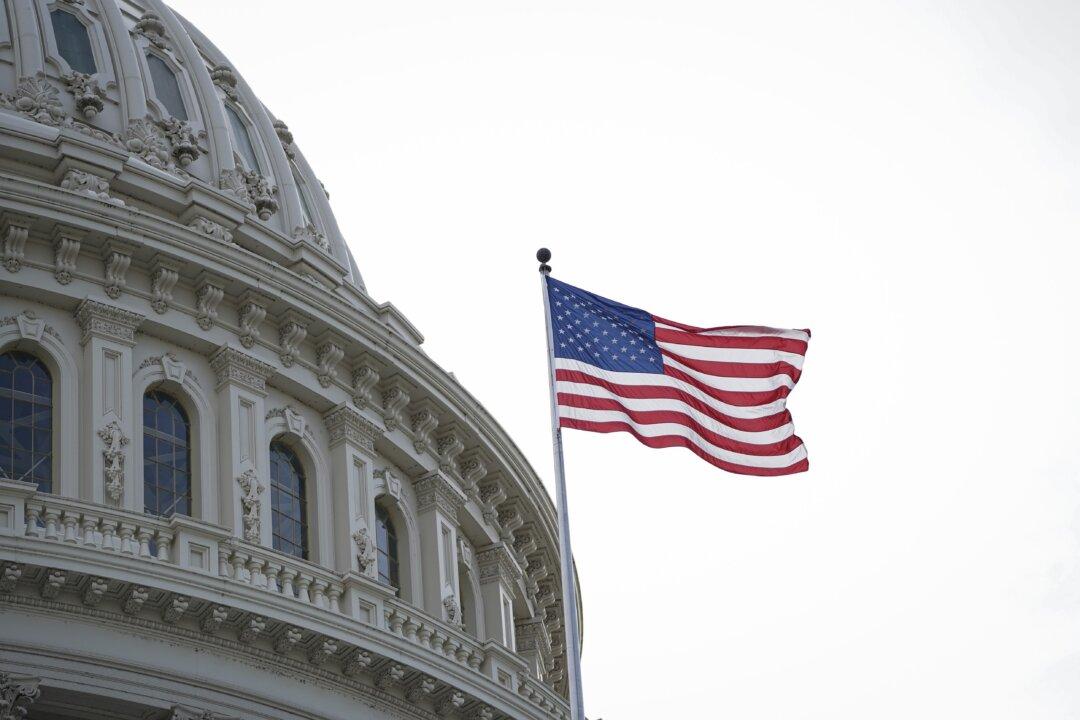Commentary
On Aug. 14, 1935, President Franklin D. Roosevelt signed the Social Security Act into law. The program was designed to give private sector retired workers old-age benefits. In the 90 years since, the program has grown in both size and scope. It is currently the single largest expenditure in the federal budget, and nine out of 10 Americans age 65 and older are receiving a Social Security benefit.






